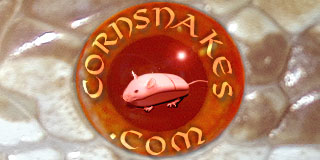Only two alleles are being changed here, in either the amel or the scaleless. The reason that some dogs and cats are screwed up is because of what is known as inbreeding depression. Many generations of inbreeding has allowed deleterious side effects. What we are not seeing in these dogs and cats is a simple point mutation.
Lets look at this from a evolutionary standpoint. Why do random mutations "pop" up? Well it is because of diversity, which drives natural selection. If that mutation helps the animal better fill its role (which for all animals is to reproduce and make babies, passing on their genes), then it is the most fit. In the wild, amels get killed very early on in life, being an amel is not beneficial. But in captivity, amels have thrived their genes are being passed on. The amel animal does not care that the light hurts its eyes (look up how pigment affects eye sight), all it cares is that it is reproducing, no amount of pain or discomfort will negate this fact.
Now on to scaleless, what does that mutation do for them? in the wild? not much. But, in captivity it will help them survive, reproduce, and ultimately pass on their genetic information. The fact that it may be in pain plays no role in the equation. Snake are predators, and predators do not show pain, especially mild irritating type pain. If a dog has a rash, sure it scratches, but it doesn't whine about it, it sucks it up. In the wild that animal would become the prey if it showed weakness. The same is true for snakes. As predators, they do not show pain, so we cannot determine the level of pain that the scaleless (or amel for that matter) cornsnake may or may not be in.
So what is all this saying? If the mutation helps the animal pass on it's genetic information, then the animal ignores most pain.
